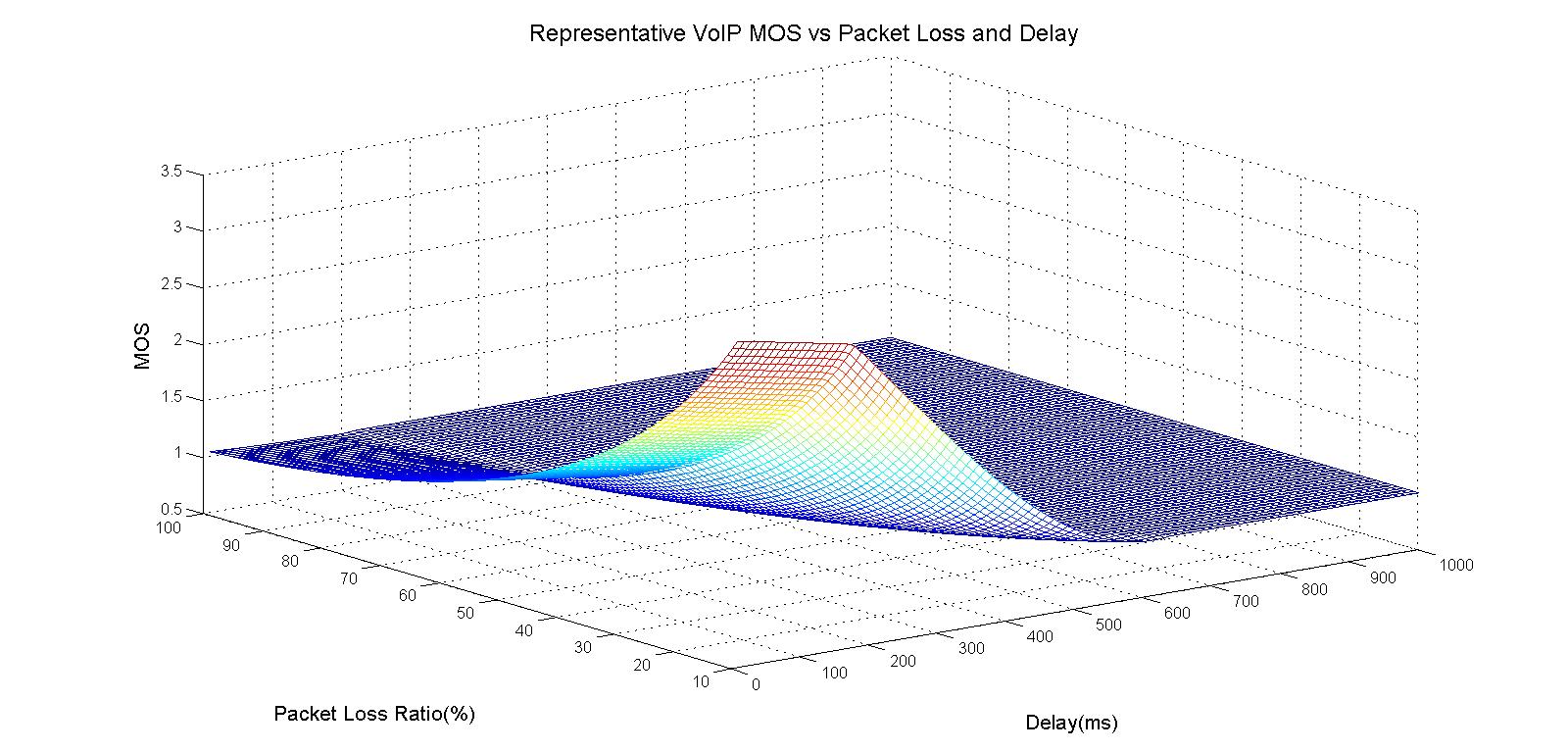The Advanced Wireless Networking group is investigating new technologies that address the critical shortage of wireless capacity by increasing the ability of wireless systems to better match the application and user demand to the available resources. Current research is on advanced application-aware wireless technology using cross layer design to maximize the system capacity and user satisfaction given limited wireless resource in current and future wireless networks.
Current approaches to spectrum sharing have led to sub-optimum static levels of prioritization, including the 4G Long Term Evolution (LTE) and LTE-Advanced cellular systems. Although in these standards, the MAC and the PHY layers have an increased role in optimizing the spectral usage and implementing link quality aware techniques, nevertheless, optimization is still largely independent of the application context, and the users’ perceived quality of service (QoS). While today’s wireless systems have some channel adaptive features, they do not take into account the QoS required by different applications and their users, beyond simply assigning fixed priorities to traffic classes.
HAMCR
The Holistically Application-Aware Multi-dimensional Cognitive Radio (HAMCR) research program aims to create a transformative and holistic approach that enables substantial growth in the capacity of wireless networks or users’ satisfaction, with support for diverse applications, but without the use of additional spectrum. HAMCR is based on the observation that in today’s wireless networks the spectral allocation of resources is either independent of the application’s specific QoS requirements and of the users’ specific perceived QoS, or at most relies on a set of pre-defined fixed priorities. HAMCR flexibly maximizes either user satisfaction (MOS) by adapting MAC scheduling algorithms to users’ perceived QoS, or spectrum utilization by trading off the spectral resource allocations of connections for the application-level QoS, while still maintaining acceptable levels of QoS for the users of the underlying applications, thus satisfying an increased number of users in times of shortage of spectral resources.
Preliminary research result
For voice over IP (VoIP) users in the LTE system, the MOS value depends upon both the packet loss ratio and the delay. The higher the delay, or the higher the packet loss ratio, the lower the MOS value. Thus, users’ MOS can be improved either through the optimization of the time domain scheduler or frequency domain scheduler to reduce the delay or packet loss ratio respectively if users’ MOS information is known by the scheduler. The MOS dependency on the packet loss ratio and delay is shown in the figure below and will be used to optimize performance.

